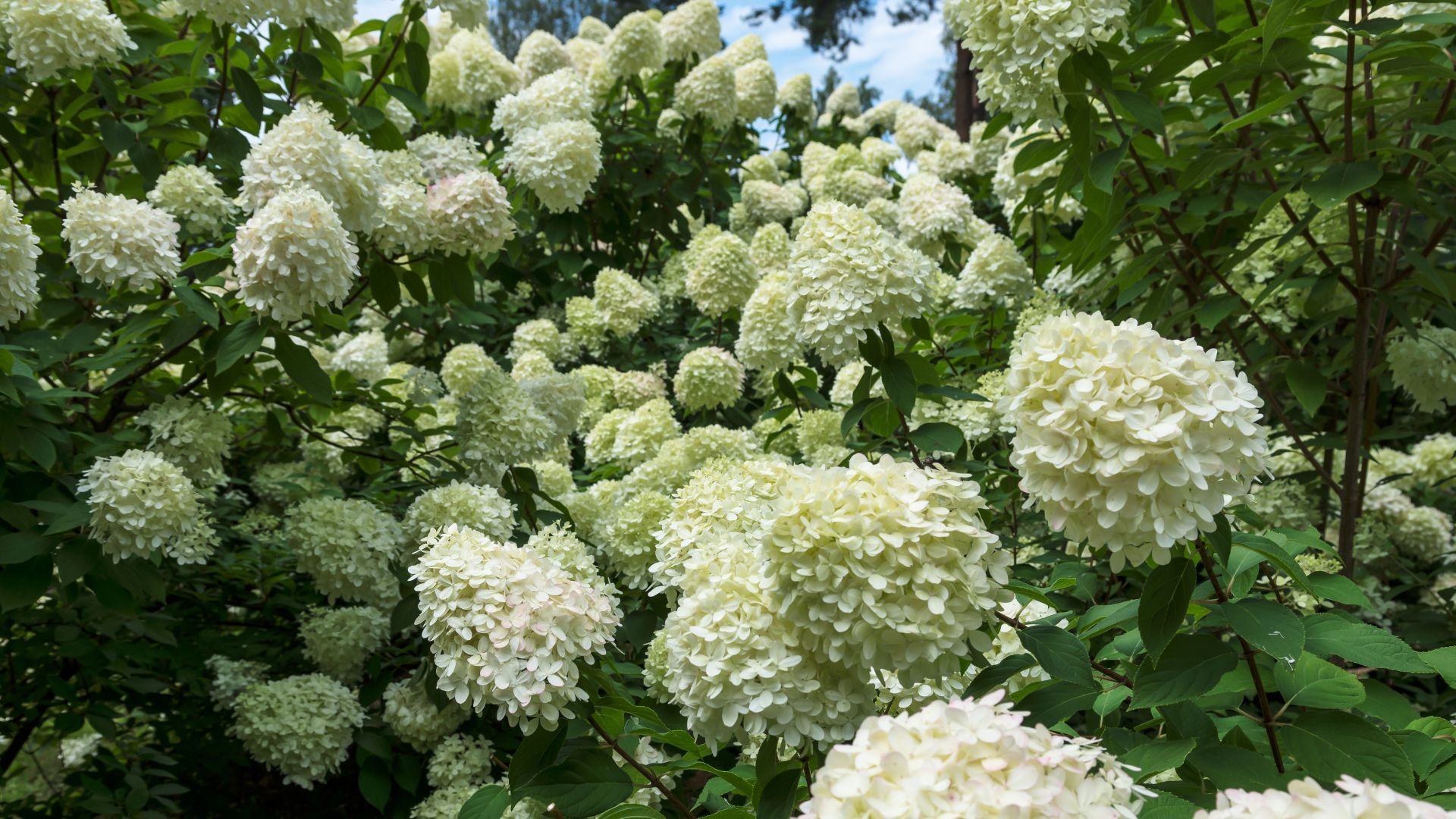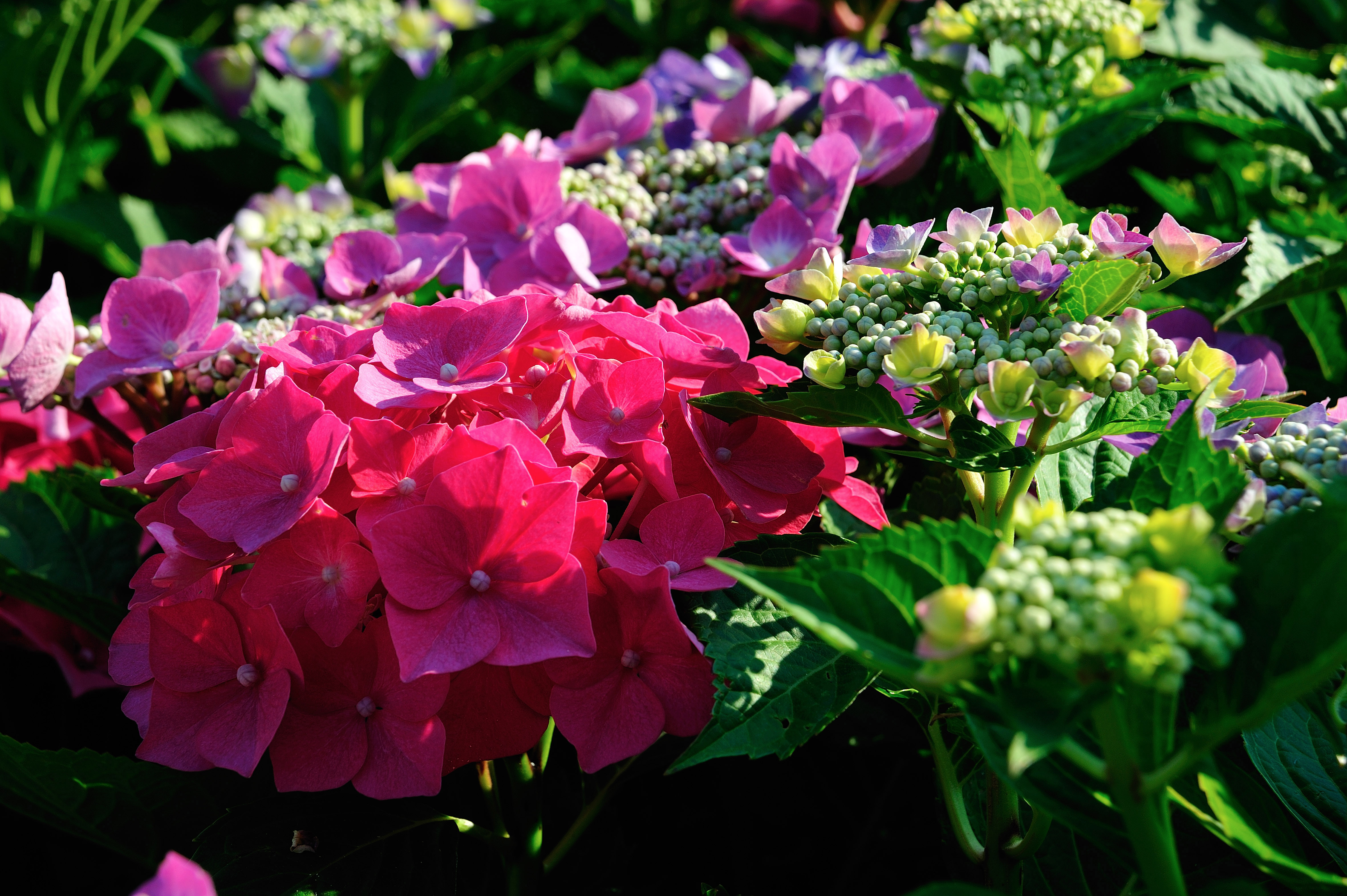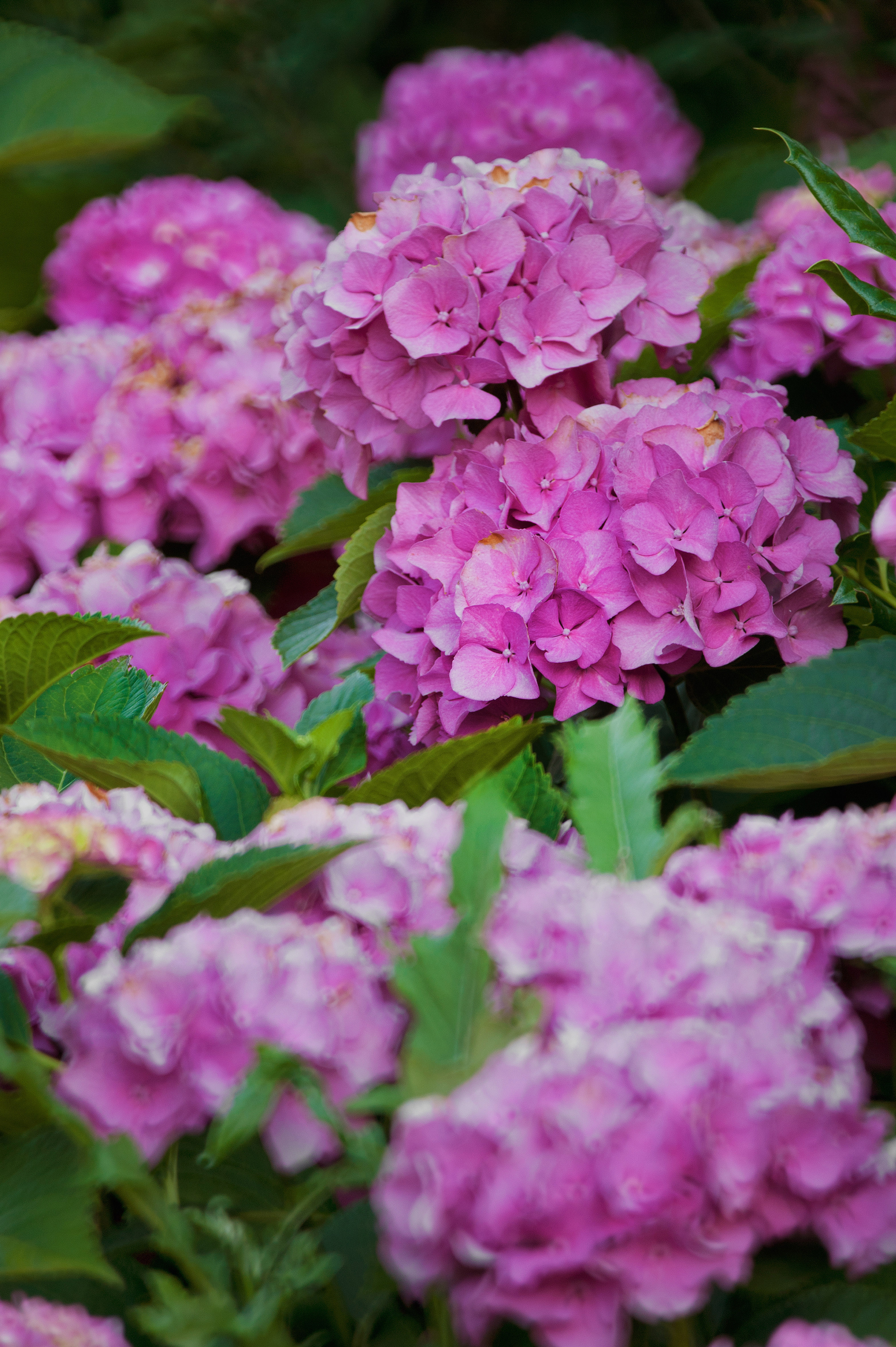
We're swiftly inching towards that time of year when we retire our gardening gloves and turn indoors, leaving our garden to (mostly) fend for itself through the winter. But before we do that, it's important to equip your yard with the tools it needs to make it past the frost.
In the case of hydrangeas, overwintering them can really help. This technique is commonly adopted by professional gardeners around this time of year and it's actually easy enough for gardeners of any level to do it themselves.
Lucky for us, we've had an expert step in to give us the lowdown on winterizing hydrangeas and you'll be pleased to know that the straightforward process is so simple, that you'll be done in just four quick steps. So, without further ado, let's get into it.
How to Winterize Hydrangeas

While speaking with gardening expert Tony O'Neill about winterizing hydrangeas, he's given us a step-by-step guide to making sure these clustered blooms are well-protected to brace the cold.
Here's his tried-and-tested technique for winterizing hydrangeas.
Step 1: Tony encourages gardeners to begin winterizing hydrangeas by indulging in a little light pruning. You'll need the right pruning tools for this. The Haus & Garten Classic Bypass Pruning Shears from Amazon, should do the trick. "For older varieties, you may need to prune deadwood or damaged branches," he says. "But avoid heavy pruning on hydrangeas that bloom on old wood, such as hydrangea macrophylla."
Step 2: Next, Tony tells us to add a two to four-inch layer of mulch around the base of the hydrangea to protect the roots from freezing. He finds straw or shredded leaves to be the best mulch option for these blooms.
Step 3: "Ensure the soil is well-watered before the ground freezes," he says. "This is extremely important as moist soil helps to insulate the roots."
Step 4: If you find yourself in a colder region than most, Tony recommends covering your hydrangea with burlap or frost cloth. He explains that this layer of protection will help shield it from extreme winter winds and frost.
Instead of having to learn how to revive hydrangea plants after the fact, adding this task to your gardening game plan is a smart move that will help you prevent major plant damage.
Do All Hydrangeas Need to be Winterized?

According to Tony, not all hydrangeas need to be winterized, and in fact, some of them are resilient enough to be left alone.
"Some varieties like hydrangea paniculata and hydrangea arborescens are hardier and more tolerant of colder conditions," he notes. "However, less hardy varieties such as hydrangea macrophylla (bigleaf hydrangeas) and hydrangea quercifolia (oakleaf hydrangeas) are more susceptible to frost damage and benefit from winter protection."
Being able to identify which plant variety requires winterization is one of the things people with perfect hydrangeas know and now you do, too.
How to Winterize Potted Hydrangeas

When it comes to potted hydrangea care, Tony finds that it's often a good idea to winterize your container garden as well. Here are his top tips to safeguard your potted hydrangeas.
Tip 1: If possible, Tony recommends moving your potted hydrangeas into a garage, greenhouse, or sheltered space to avoid direct frost exposure.
Tip 2: If you're dealing with limited space and are forced to keep the plant outside, he suggests wrapping the pot with bubble wrap or cloth. He explains that doing so will help insulate the roots and prevent freezing.
Tip 3: "Reduce watering, but ensure the plant doesn’t completely dry out over winter," he advises. "Watering sparingly will keep the soil moist without waterlogging it."
Tip 4: His final tip for winterizing potted hydrangeas is to treat the plants with a layer of mulch around the base to further protect the roots from cold temperatures.
Among the most common hydrangea mistakes, not giving them the protection they need to survive winter is probably well at the top of the list. Take it from the experts — accounting for the winterizing process and actually giving your flower garden the love it deserves to stay warm through the cold is a genius move.
You won't have to worry about losing your beautiful backyard to a harsh winter and you'll find that your backyard will quickly bounce back into full bloom post-frost. Given the right attention, chilly winter weather will prove to be no match for your blossoming hydrangeas.
FAQs
Do Hydrangeas Need to be Tied Up for Winter?

"Yes, in areas where there’s heavy snow or strong winds, it can be helpful to loosely tie hydrangea stems together," says Tony. "Typically, this will help prevent them from breaking under the weight of snow."
He recommends using soft ties like garden twine to gently gather the stems without constricting them. And to avoid encouraging mold, he finds that it's essential to retain adequate air flow.
Price: $30
Size: 1-Quart
The Let's Dance Lovable™ Bigleaf Hydrangea plant from Jackson & Perkins makes for a beautiful addition to any yard, thriving in zones 5 - 9.
Price: $55
Size: 2.25 Gallon Pot
This Strawberry Sundae Potted Hydrangea Bush from Walmart is a pastel floral wonder growing at its best when spaced 36 in. to 48 in. apart.
Price: $32
Size: 2 Gallon
This First Editions Eclipse Hydrangea Shrub blooms romantic cranberry-hued flowers and will quickly become one of your favorite hydrangea shade plants.







